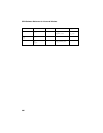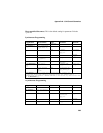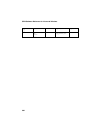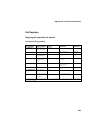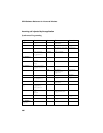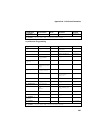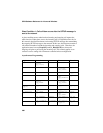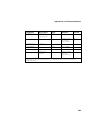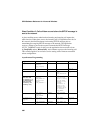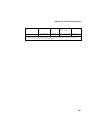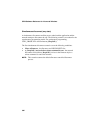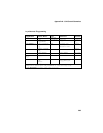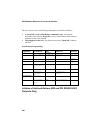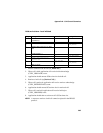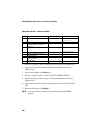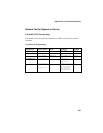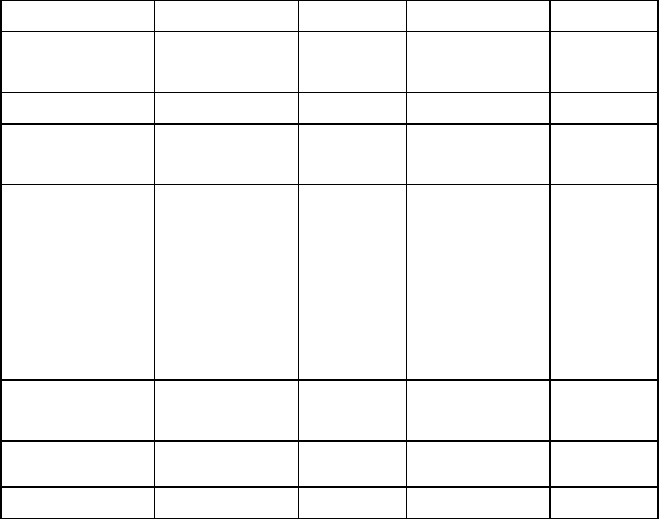
ISDN Software Reference for Linux and Windows
390
Glare Condition 2: Call collision occurs before the SETUP message is
sent to the network
A glare condition occurs when both an incoming and outgoing call request the
same time slot. When glare occurs, the incoming call is assigned the time slot. In
this scenario, the firmware detects an incoming SETUP message prior to
transmitting the outgoing SETUP message to the network. The application
receives a failure to process the request to transmit the SETUP message
(CCEV_TASKFAIL event). In this case, the application does not need to issue
cc_DropCall() and cc_ReleaseCall(), and continues to process the incoming call.
This scenario applies to an exclusive service setting with a firmware-controlled
release configuration.
Asynchronous Programming
Application Device Driver State Firmware Network
cc_MakeCall()--> Host CRN # 1
assigned
Call_Outgoing
-->
NULL
Set_Up
<--
*B channel cut-
thru
CALL_PROCEEDING
-->
Proceeding
-->
ISDN Application
does not need
cc_DropCall() or
cc_ReleaseCall()
and continues
processing the
incoming call.)
**Library
receives
ISDN_ERROR and
releases host
CRN #1
CCEV_TASKFAIL <-
-
NULL Firmware detects
the collision
prior to sending
out the SETUP
message to the
network.
Precedence is
given to the
incoming call.
Firmware CRN #1
is released.
ISDN_ERROR
<--
Host CRN # 2
assigned
CCEV_OFFERED
<--
OFFERED CALL_INCOMING
<--
cc_AcceptCall()
(option)
-->
Call_Alert
-->
CALL_ALERT
-->
Alerting
-->
CCEV_ACCEPTCALL
<--
ACCEPTED CALL_ALERT_ACK
<--



